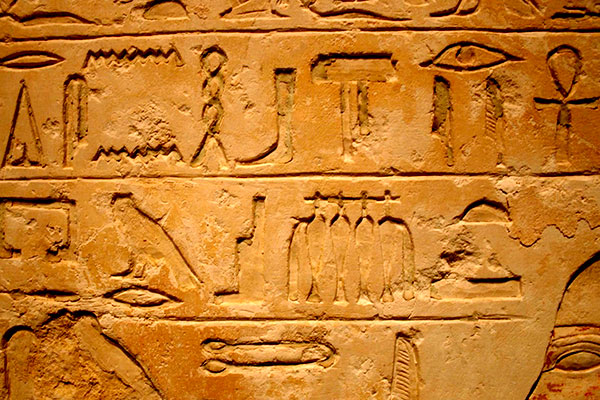Microbiographia | Issue 24
Aristarchus of Samos - Astronomer Ahead of his Time
Very little is known about Aristarchus besides his heliocentric model, a few other choice bits of astronomy, and one or two scraps of trivia. First, the trivia: Aristarchus was born on the Greek island of Samos (big surprise there), and conducted his mathematical and astronomical works around 270BC. That puts him about 50 years after Aristotle, for those interested in that sort of thing.
On to the heliocentric model. So, the actual work in which Aristarchus articulated his sun-centered ideas is lost (some copies were housed in the Library of Alexandria). The central source on this is Archimedes, a contemporary of Aristarchus who has enjoyed somewhat greater recognition. Archimedes wrote: “His [Aristarchus’] hypotheses are that the fixed stars and the Sun remain unmoved, that the Earth revolves about the Sun, and... [some other stuff].” Sounds about right to me. Kudos to Aristarchus.
In his surviving works, Aristarchus performs some neat geometric tricks. Through the application of ingenious geometry and a couple of key assumptions, Aristarchus was able to determine the relative distances between the Earth, Moon and Sun. The details of this get a bit too maths-y for a history column, so I’ll shy away from number crunching. In brief, Aristarchus noted that the Moon had the same angular size as the Sun – it covered it perfectly during an eclipse. He then assumed that the moon shines by reflected light (’tis true). Combining these with some observations made during a lunar eclipse, he had sufficient information to work out the relative distances. This he did, and he was horribly wrong. The important point, however, is that his method was sound. Were it not for some understandably imprecise observations (remember he didn’t have a stopwatch or a telescope), Aristarchus would have nailed it. More kudos.
It’s easy to read about people like this and think “Man, how could those other chumps not realise this guy was right, damn fools!” In truth, there were pretty good reasons for ignoring the heliocentric model – the Earth doesn’t feel like it’s moving, after all. Still, it makes you wonder where astronomy would be today if we hadn’t spent the better part of two millennia trying to fit a square peg in a round hole.



